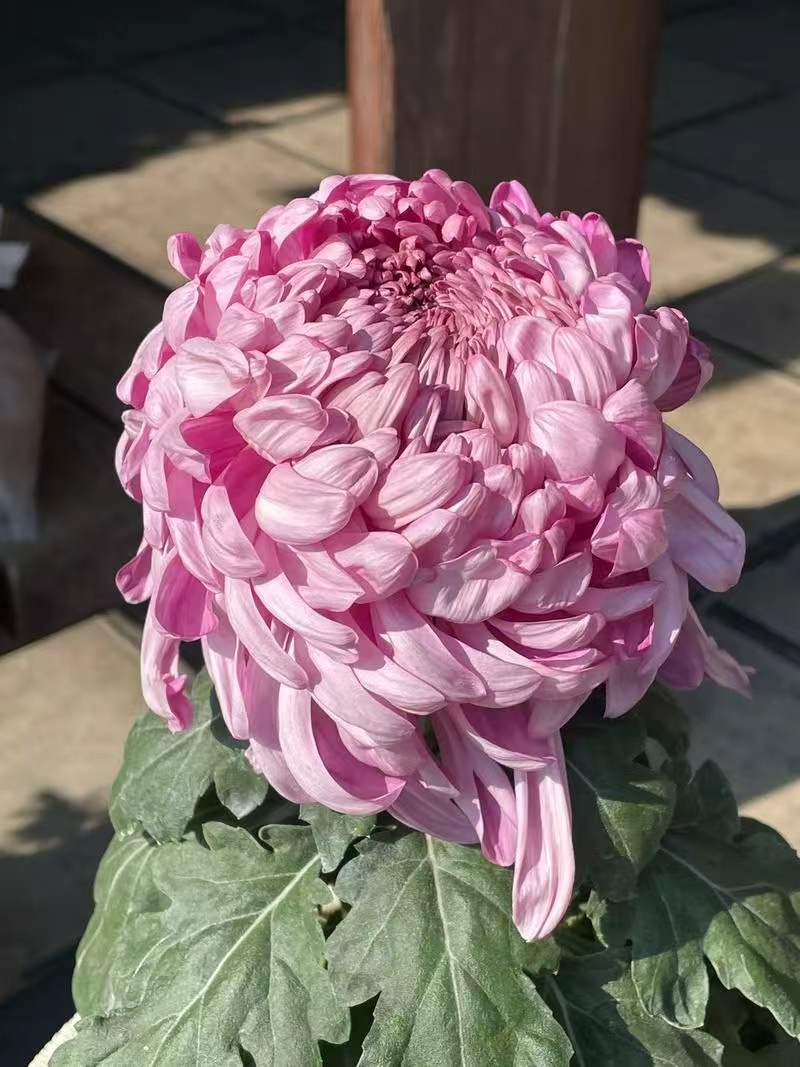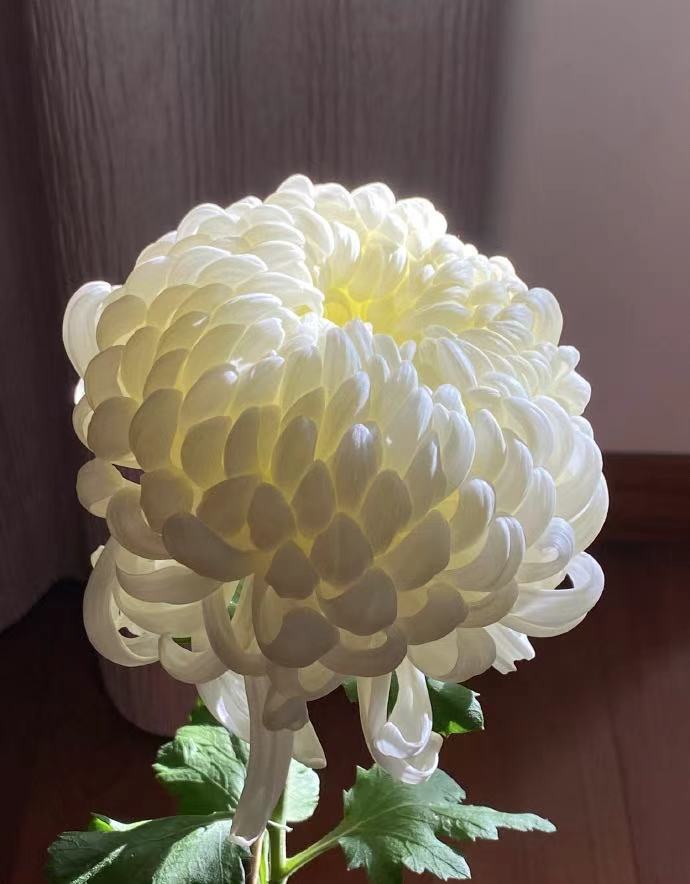Chrysanthemums, belonging to the genus *Chrysanthemum* within the Asteraceae family, are renowned for their stunning beauty, rich cultural heritage, and diverse applications. These herbaceous perennials have captivated humanity for centuries with their intricate forms and vibrant colors.
Botanical Characteristics:
Chrysanthemums exhibit a wide range of growth habits, from low - spreading groundcovers to tall, upright plants that can reach up to 1.5 meters in height. The leaves are typically alternate, deeply lobed, and often have a serrated or toothed margin. Their texture can vary, with some varieties having soft, velvety leaves, while others are more leathery.
The flower heads of chrysanthemums are complex and highly variable, showcasing an array of forms. As composite flowers, they consist of numerous tiny florets. The outer ray florets, which give the flower its distinctive petal - like appearance, come in a plethora of colors including white, yellow, pink, red, purple, and even bi - colored or multi - hued combinations. The central disk florets are usually densely packed and can be yellow or brown. Chrysanthemum blooms can range from small, button - like flowers less than 2 centimeters in diameter to large, showy blooms that measure over 20 centimeters across. Different cultivars display unique shapes, such as the pompon, which is round and tightly packed; the spider mum, with its long, slender, and curved petals; and the anemone - form, which features a prominent central disk surrounded by ray florets.
Cultural Significance:
Chrysanthemums hold deep cultural significance across the globe. In China, they have been cultivated for over 2,500 years and are one of the Four Gentlemen in Chinese art, symbolizing nobility, perseverance, and longevity. They are often associated with the autumn season and are featured prominently in traditional festivals and artworks. In Japan, the chrysanthemum is the imperial flower, representing the emperor and the imperial family. The Chrysanthemum Throne is a symbol of the Japanese monarchy, and the flower appears on official seals and coins. The annual Chrysanthemum Festival, or *Kiku Matsuri*, is a major event where elaborate displays of chrysanthemum arrangements are showcased. In Western cultures, chrysanthemums can have different connotations. In some countries, white chrysanthemums are commonly used in funerals, symbolizing grief and mourning, while in others, they are seen as symbols of cheerfulness and celebration.
Cultivation and Uses:
Chrysanthemums are widely cultivated for both ornamental and practical purposes. They thrive in well - drained soil and prefer full sun, although some varieties can tolerate partial shade. Gardeners often grow them in flower beds, borders, and containers to add a splash of color to landscapes. Their long - lasting blooms make them popular in cut - flower arrangements for both domestic and commercial use.
Medicinally, certain species of chrysanthemums have been used in traditional Chinese medicine for centuries. Chrysanthemum tea, made from the dried flowers, is believed to have cooling properties, and is used to treat conditions such as headaches, fever, and eye fatigue. In the culinary world, chrysanthemum petals can be used in salads, soups, and as a garnish, adding a delicate, slightly bitter flavor. Additionally, extracts from chrysanthemums are used in some cosmetics and skincare products due to their potential anti - inflammatory and antioxidant properties.
In conclusion, the chrysanthemum, with its remarkable botanical diversity, profound cultural significance, and multiple practical applications, continues to be a flower of great importance and admiration around the world.



